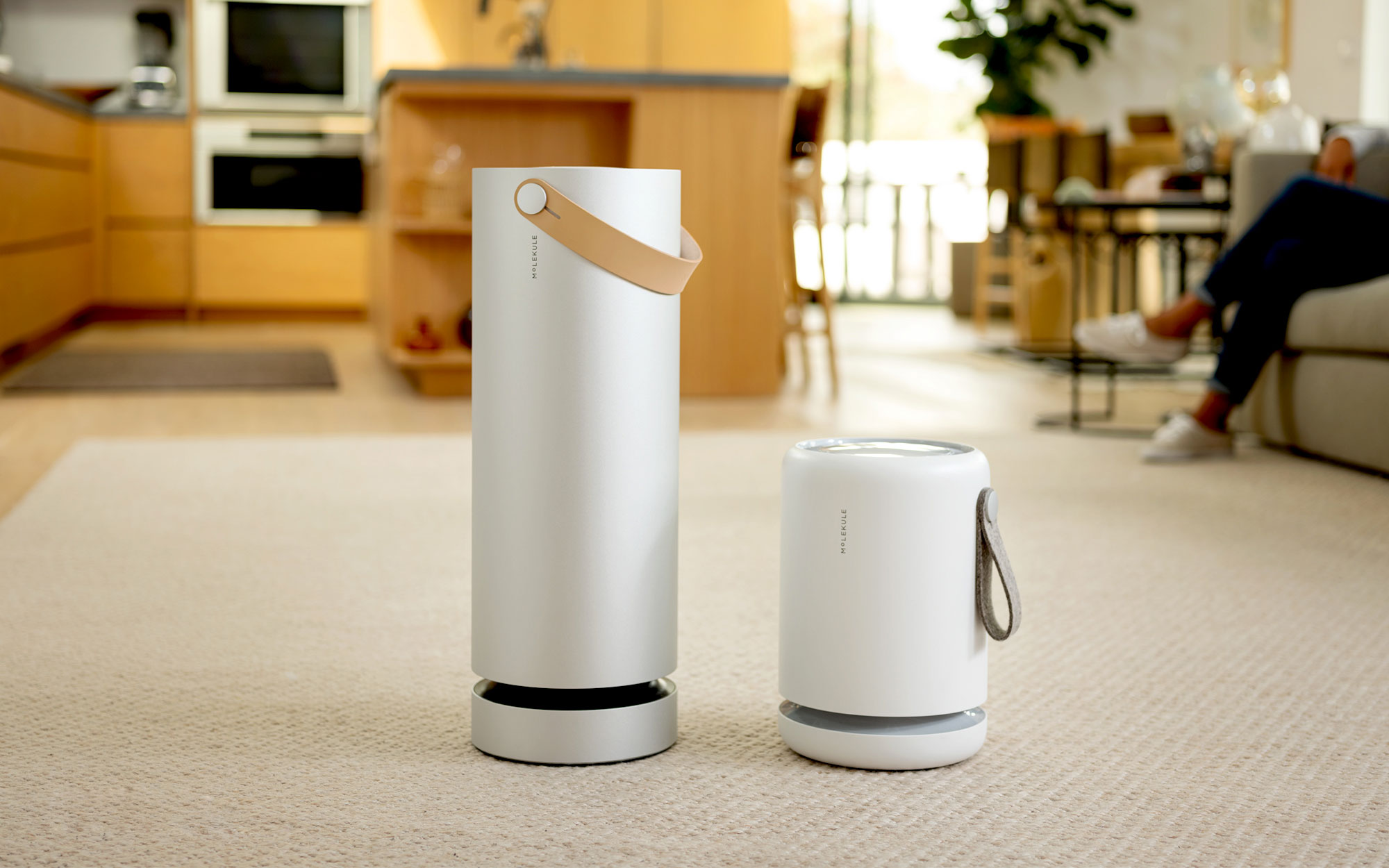HEPA air cleansers are the most popular, and they’re great for removing family contaminants such as for instance dust, pet dander, and pollen, but they’re not very good at recording ultra-fine contaminants like worms or reducing bad odors or compound fumes. Since different air purifier systems have various skills and flaws, many contemporary air devices mix several filtration types in the same unit. For instance, the Austin Air Super Blend Healthmate utilizes a HEPA filter along by having an activated carbon filter to simply help eliminate odors and fumes. Let’s take a closer consider the several types of filters:
HEPA (High Effectiveness Particulate Air) Filters set the conventional for air purification. By meaning, a HEPA filter eliminates at the least 99.97% of most contaminants no more than 0.3 microns. HEPA air cleansers were originally produced by the Nuclear Energy Commission to recapture radioactive dust particles. HEPA filters let just really small contaminants to pass through them. Allergens such as for instance pollen, dog dander, shape spores, and dirt get stuck in the filter.
The key problem of the HEPA air cleanser is that you have to routinely change the filter. The main benefit: If it’s HEPA qualified, then you know it works well. Not totally all HEPA filters are created equal. Size matters: the more sq feet of HEPA filter, the more particulates it will have the ability to remove. The size, product, and construction of the actual filter media all play a role in the Molekule review air purifier’s efficiency and may take into account why one HEPA filtration is higher priced than another.
Ion Machines and Ozone Machines build charged contaminants (ions) and emit them into the surrounding air. These ions combine with impurities (like dust) in the air, forcing the toxins to stick to a nearby surface. Consequently, ion machines often create dirty locations on nearby surfaces and floors since they don’t remove impurities; ion generators only force toxins to cling to a floor (in the exact same way that static electricity can make a sock cling to a shirt). Ion generators are the 2nd most popular kind of air purifiers, but they equally emit ozone, a robust lung irritant that’s especially harmful for people with asthma and other serious lung diseases, children, and the elderly.
Electrostatic Precipitators function on the same theory of energy as ion generators and ozone turbines, but electrostatic precipitators capture toxins instead than simply requiring them to cling to an external surface. Electrostatic precipitators, like the Friedrich C90B Electrostatic Air Filter, use electric cells to cost contaminants within the purifier and immediately trap the toxins on collector plates. The key benefit with this kind of air purifier is that the collector dishes never have to be replaced; they could be quickly washed in the dishwasher. Remember that some electrostatic precipitators also generate ozone.
Charged Media Filters function the exact same way as electrostatic precipitators, nevertheless they gather contaminants on fibre filters instead of plates. The advantage of these filters is that they are able to obtain tiny contaminants, occasionally as small as 0.1 microns, through a variety of a filtration and an electrostatic charge. The problem is that, like the electrostatic precipitator filters, charged press filters lose their performance fairly quickly, and they are able to require more repeated filtration alternatives compared to a HEPA air purifier. These types of products can create ozone, but the greater types on the market do not. In the event that you are likely to buy this type of air cleanser, ensure that it doesn’t generate ozone. The best air cleaner in that type is the Blueair air purifier.
